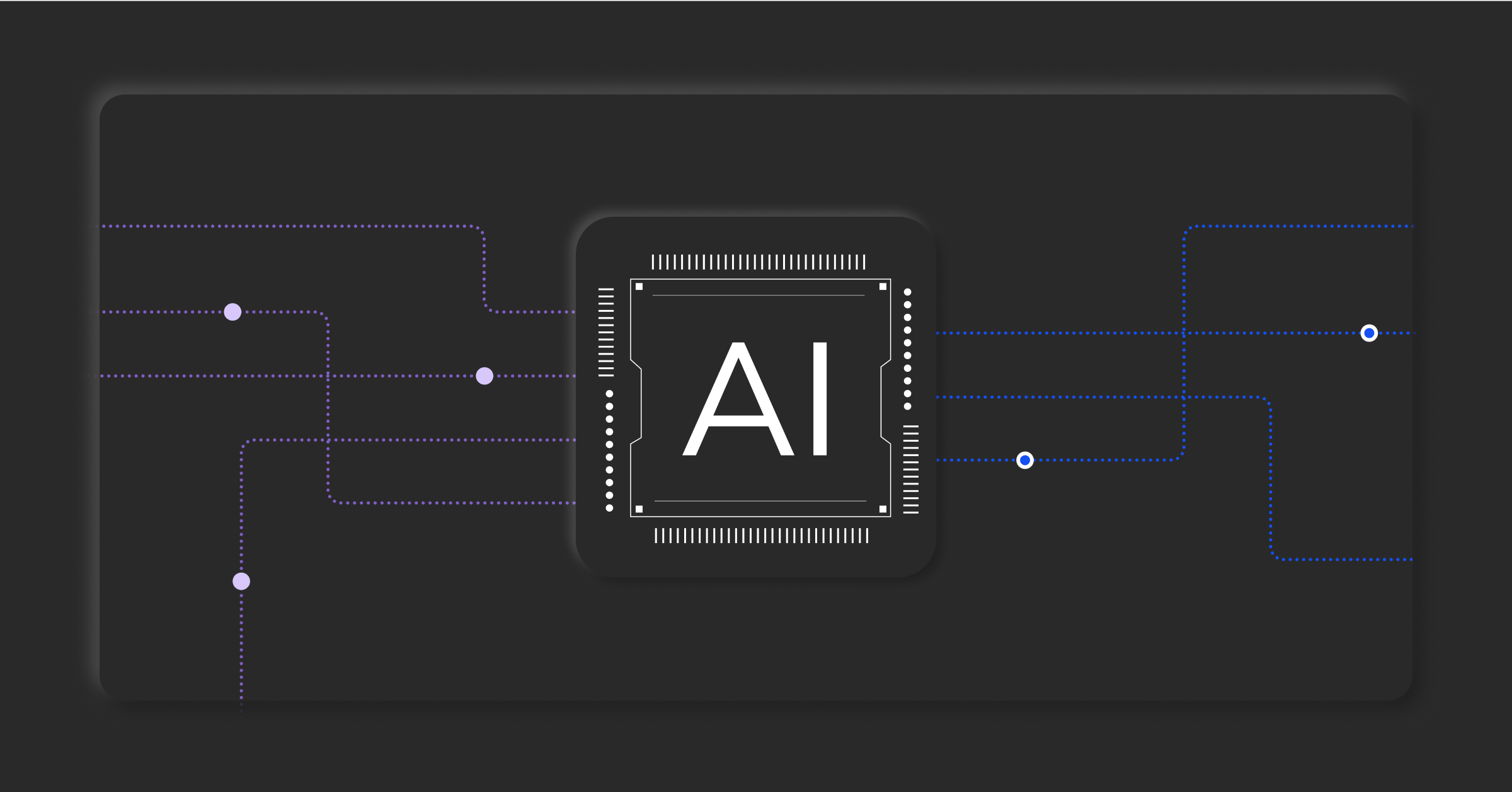How to choose incident management software and tools

Developing a proficient ITOps practice capable of handling unforeseen disruptions and mitigating negative business impact hinges on mastering optimal incident management.
Beyond adhering to best practices and procedures, a critical aspect is making strategic investments in cutting-edge incident management software and tools. These tools empower your team by automating real-time monitoring and analysis, bolstering the resilience and capabilities of your IT system.
However, it’s crucial to recognize that not all incident management solutions are created equal. The key lies in selecting a reliable tool you can confidently deem invaluable to your business.
This article will explore the essential factors to consider when choosing incident management software and tools. Read on to make informed decisions that will enhance your organization’s IT capabilities and prepare your business for challenges.
What is incident management software?
Incident management software is a suite of automated tools designed to quickly restore normal IT service operations and uphold agreed-upon service level agreements (SLAs). It accomplishes this by identifying, responding to, analyzing, learning from, and improving response to incidents.
The benefits of using incident management software
There are multiple benefits to deploying incident management software across your organization.
Improved operational efficiency and reduced IT costs
End-to-end incident management software provides organizations with advanced systems to overcome operational inefficiencies and reduce IT costs. Actionable insights derived from reporting, analytics, and frontline feedback empower decision-makers. Moreover, automation within the software streamlines issue management across diverse enterprise systems, saving valuable time and optimizing resources.
Proactive service
Incident management software enables businesses to shift from reactive to proactive service. It facilitates the identification of trends, root causes, and tracking of solutions, providing real-time visibility into your IT infrastructure. This empowers teams to implement immediate processes for faster resolution and continuous improvement, preventing the recurrence of future incidents.
Improved team productivity
The right incident management system enhances the productivity of IT teams by streamlining the incident management processes. These tools can help identify issues, alert the team promptly, and assign tasks automatically. The software’s ability to link alerts related to the same incident reduces duplicates, allowing help desk team members to focus on resolving more issues efficiently and in less time.
Key features and functions of quality incident management software
Choosing the right incident management tool requires careful consideration of key features. Your ideal incident management solution must have the following:
AIOps powered
AIOps in incident management software has significant advantages. It excels in early incident detection by streamlining monitoring with noise reduction and facilitates proactive incident resolution through automated root cause analysis and predictive insights. Automation speeds up the incident resolution lifecycle, freeing resources for strategic tasks. AIOps also enhances collaboration and communication among ITOps teams, promoting a unified and agile response.
Incident response automation
Automation is vital for minimizing time spent on incident remediation. A platform with workflow automation can swiftly resolve incidents, freeing up time for value creation.
Imagine your application performance dips, triggering an incident. Automated incident analysis identifies an overloaded database as the culprit of the performance degradation. Use this incident data to connect to event-driven Ansible to scale the database as the first known automation action, which in this case, resolved the issue and prevented user impact.
Incident identification
Your incident management tool must quickly and reliably identify incidents of varying magnitudes, from system outages to slow-loading pages. Additionally, look for tools with seamless integration capabilities across all monitoring and alerting tools. This ensures that incident identification relies on comprehensive data, reducing oversight risks.
Alert filtering and suppression
In an enterprise environment, a high volume of alerts can lead to information overload. Automated filtering and suppression capabilities are crucial to increase incident-handling efficiency. These features prevent information overload by ensuring only vital alerts reach the relevant personnel, avoiding the loss of critical alerts amid low-priority ones.
Alert correlation
Effective incident management software ingests data from multiple sources. Automatic event correlation is crucial for recognizing that multiple events contribute to a single incident. This feature reduces redundant alerts and provides a detailed timeline of events, aiding incident responders in identifying root causes.
On-call management
Effective on-call management prevents major incidents from devolving into chaotic situations. It enables you to set up schedules and skill sets to quickly identify personnel qualified to address specific emergency incident types.
Incident communication
Going beyond email-based notifications, the incident management software should integrate with modern channels like phone calls, chat, and text messages for timely information dissemination. It should integrate with messaging platforms like Teams, Slack, and Jira, ensuring relevant individuals are notified promptly.
Postmortem incident analysis
Post-incident analysis is crucial for understanding what went wrong and taking corrective actions to prevent similar incidents. It also fosters blame-free collaborative analysis for continuous improvement. Look for solutions with detailed post-incident reporting, including event timelines, notified individuals, responses, and insights on incident resolution.
Factors to consider before choosing your incident management software
When selecting the incident management software for your organization, consider the following factors:
Integration and compatibility with existing systems
Why it matters: Seamless integration is crucial for an incident management system to complement and enhance existing workflows. Compatibility ensures a smooth transition, minimizing disruption to ongoing DevOps and IT operations.
- Confirm that the incident management software integrates with the tools already used by your DevOps and IT teams, such as monitoring systems, collaboration platforms, and ticketing systems.
- Evaluate how easily the software can be integrated into the current infrastructure. A straightforward integration process reduces downtime and accelerates adoption.
- Assess whether the software allows customization to adapt to specific workflows and requirements within the organization.
Alerting and notification system
Why it matters: An effective alerting and notification system promptly communicates incidents to the right stakeholders, reducing response time and minimizing the impact of issues.
- Check if the system supports multiple communication channels, including email, SMS, and messaging platforms, ensuring that alerts reach the intended recipients.
- Assess the flexibility to define alerting rules based on the nature and severity of incidents, allowing for tailored notifications for different scenarios.
- Confirm integration capabilities with collaboration tools like Slack, Microsoft Teams, or others used by the teams for streamlined communication during incidents.
Reporting and analytics
Why it matters: Robust reporting and analytics empower teams with insights into incident trends, root causes, and overall system health, facilitating informed decision-making and continuous improvement.
- Evaluate the software’s ability to present incident data through visualizations, dashboards, and reports for quick and easy comprehension.
- Verify the presence of historical incident data to facilitate trend analysis, empowering teams to identify patterns and proactively address recurring issues.
- Consider the flexibility to create custom reports tailored to specific metrics and key performance indicators relevant to DevOps and IT operations.
Incident response automation
Why it matters: Automation accelerates incident resolution and reduces manual workload. For DevOps and IT teams dealing with complex systems, choosing an incident management solution with incident response automation can streamline workflows, ensure consistent processes, and free up valuable time to focus on high-priority tasks.
- Look for incident management software that allows customization of automated workflows to match the unique processes and requirements of the organization.
- Check for integration capabilities with automation tools like Ansible or Puppet, enabling automated responses to incidents as part of predefined workflows.
- Assess the software’s capacity to identify and address issues proactively, preventing potential incident escalation.
Scalability for future growth
Why it matters: As organizations grow, so do the complexities of incident management. A scalable solution is crucial to accommodate increased workloads, expanding teams, and evolving infrastructures.
- Evaluate whether the system can scale horizontally or vertically to handle a growing volume of incidents and increasing data loads.
- Consider how well the software supports adding new users and roles as the organization expands, ensuring that it can adapt to changing team structures.
- Assess the software’s adaptability to new technologies and evolving IT landscapes, ensuring it remains effective amid technological advancements.
BigPanda can enhance your incident management practice
BigPanda distinguishes itself in incident management by integrating incident management seamlessly within AIOps. Unlike traditional incident management tools, it leverages machine learning to quickly detect and categorize incidents, reducing human error. The platform’s strength lies in intelligently grouping and prioritizing alerts from diverse sources, enhancing efficiency.
With features like workflow automation, on-call automation, and seamless integration with ITSM solutions, BigPanda offers a robust alternative to automate and accelerate incident management workflows. It is customizable with numerous integrations and streamlines collaboration through popular tools like Jira Service Desk and Slack.
Are you interested in learning more about how BigPanda can bring greater efficiency and reliability into your incident management practice? Request a demo today to learn more.



